More Bad News for Passenger Car Buyers

Flat new vehicle sales and an industry that’s far more interested in making crossover lovers’ dreams come true add up to a poor environment for a traditional new car buyer.
We’ve already told you how high demand for a shrinking supply of off-lease sedans and hatchbacks has sent used car prices through the roof compared to just a few years ago. That erased a go-to option for many thrifty buyers. In the new car market, however, automakers’ need to boost profits in a stagnant market means incentive spending is dropping as fast as used car prices are rising.
It’s not just sedans that saw a decline in discounts last month.
Autodata figures for September, published by Automotive News, shows automakers increasingly turning off the taps. Not surprisingly, the decreased incentive spending disproportionately impacts small, cheaper vehicles that can’t soak up the discount in their generous margins.
Industry-wide, the average automaker incentive spend per vehicle in September was $3,791, a 2.7 percent drop from a year prior. Passenger cars saw the greatest statistical dip: a 7.8 percent year-over year decrease in spending (to $3,564), and a 3.2 percent drop over the first nine months of 2018.
Light trucks, on the other hand, still enjoy a year-to-date boost in incentives, but it’s a vanishing increase. While truck discounts are up 7.5 percent YTD, they fell 0.7 percent year over year in September. Average OEM cash on the hood was $3,892 last month.
Making the situation worse for new-car shoppers are rising interest rates and a trend towards greater credit standards, meaning buyers are more at risk for falling behind their car’s rate of depreciation while trying to pay off their pricier loan. That’s assuming they’re approved for the loan.
It’s not nearly the same market it was just a few years ago. Still, while the near future looks relatively tumultuous, you wouldn’t know it from looking at recent trade-ins. August data from Edmunds shows that 31 percent of trade-ins had negative equity — the lowest share recorded this year. The average amount owing that couldn’t be covered by the car’s value was $4,938, another 2018 low point.
[Image: Fiat Chrysler Automobiles]

More by Steph Willems
Latest Car Reviews
Read moreLatest Product Reviews
Read moreRecent Comments
- Bd2 If I were going to spend $ on a ticking time bomb, it wouldn't be for an LR4 (the least interesting of Land Rovers).
- Spectator Wild to me the US sent like $100B overseas for other peoples wars while we clammer over .1% of that money being used to promote EVs in our country.
- Spectator got a pic of that 27 inch screen? That sounds massive!
- MaintenanceCosts "And with ANY car, always budget for maintenance."The question is whether you have to budget a thousand bucks (or euro) a year, or a quarter of your income.
- FreedMike The NASCAR race was a dandy. That finish…



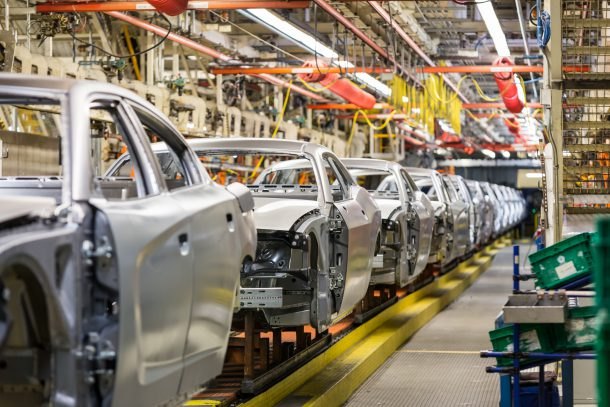












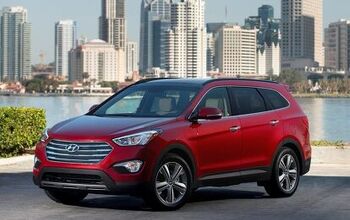

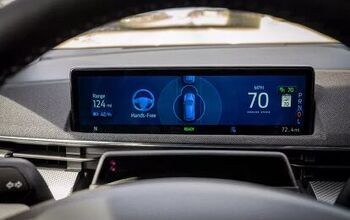

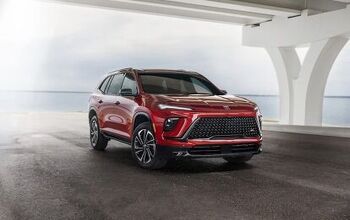
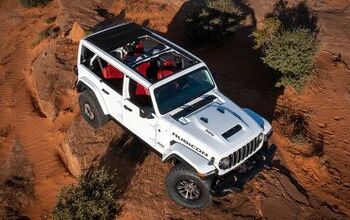

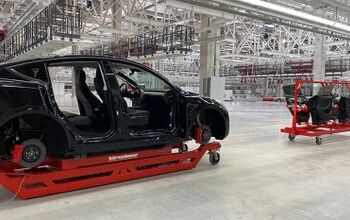
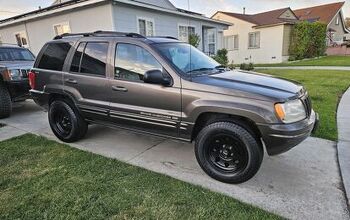
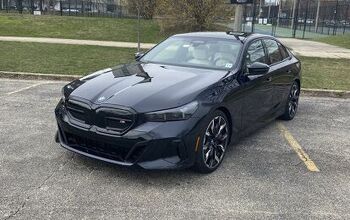

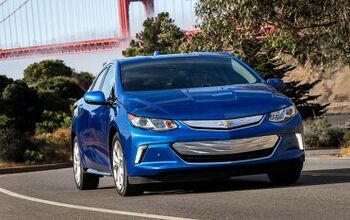
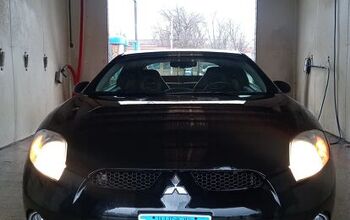

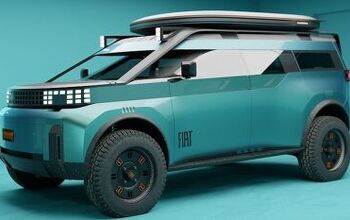
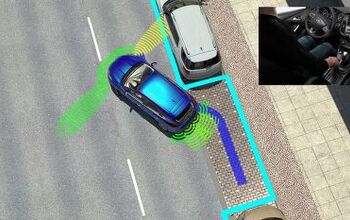
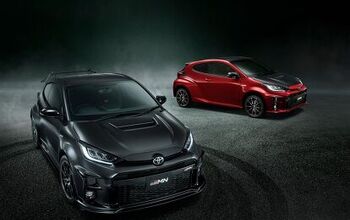
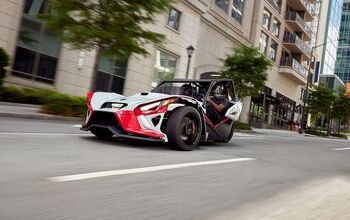
Comments
Join the conversation
Anybody here used Honcker?
Hey, hey, hey wait a minute, pull the hand brake and spon around 180 deg. You are missing a huge factor in the rising used car prices. Several large storms have taken a crap ton of used cars out of the market is two ways. First, the storms themselves cleaned out the owners and the dealership lots, and then those same two needed to replace their vehicles. So you have to factor in that major account on top of the fact that someone made a ridiculous decision to remove or dramatically lower the amount of sedans,... reasonably priced sedans from their new line up. And as far as people buying more expensive cars, that is completely on them. No one is forcing them to pay the high prices instead of getting the lower trim level.